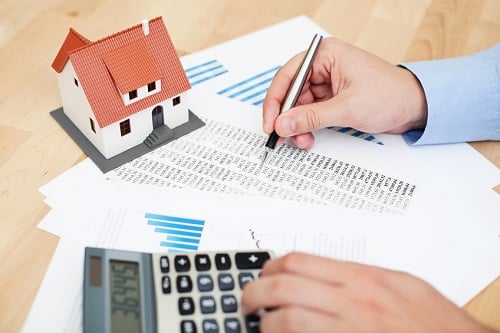

Australian home loan arrears rose in March. The Standard & Poor's Performance Index (SPIN) for Australian prime mortgages increased to 1.18% from 1.16% in February, according to a recent report by S&P Global Ratings.
In a statement, the group said they expect mortgage arrears to remain steady throughout 2018 as gradual improvements in key economic indicators such as the unemployment rate help to keep things stable on the household front.
Mortgage arrears remained relatively unchanged year on year in March and are lower than the decade-long average for March of 1.31%, according to the "RMBS Arrears Statistics: Australia" report.
The statement also said credit growth and home prices are likely to be affected by continued tightening of lending standards in the wake of the Royal Commission, although it will help to contain the growth in household indebtedness.
Slow credit growth could affect refinancing prospects. In the residential mortgage-backed securities (RMBS) sector borrowers with higher loan-to-value ratios and some interest-only loans are more likely to face tougher refinancing prospects in the current lending environment.
Arrears more than 90 days past due made up around 60% of total arrears in March 2018, up from 34% a decade earlier. This shift partly reflects a change in the reporting of arrears for loans in hardship that came in response to regulatory guidelines. However there has still been a persistent rise in this arrears category, though the level of arrears overall remains low.
Across the country home loan delinquencies fell in New South Wales, Queensland, South Australia, and the Australian Capital Territory in March.
Mortgage arrears in South Australia are well down from a peak of 1.81% in January 2017 to 1.35%. The report said this reflected a general improvement in economic conditions in South Australia, in line with national trends.
Western Australia remained the state with the nation's highest arrears, sitting at 2.37% in March.
